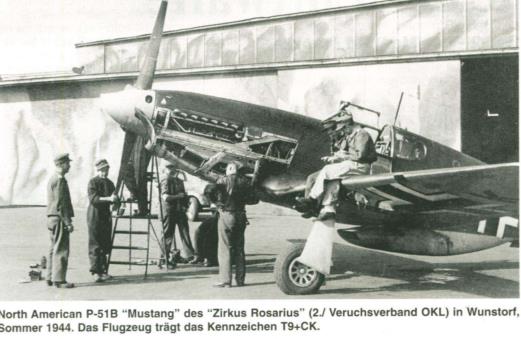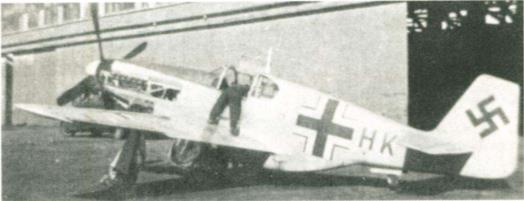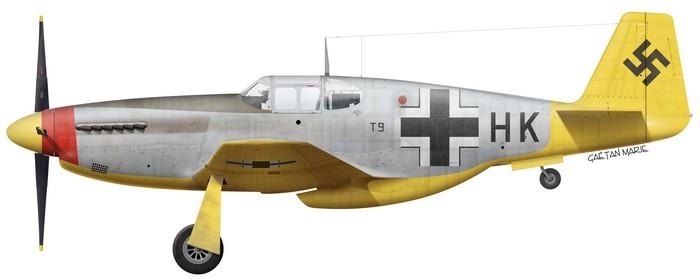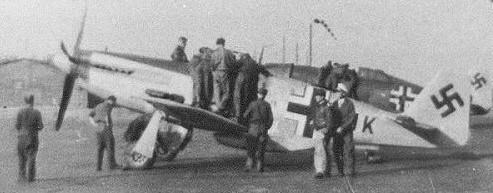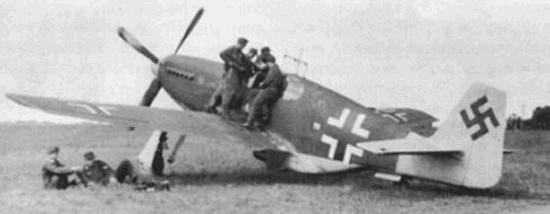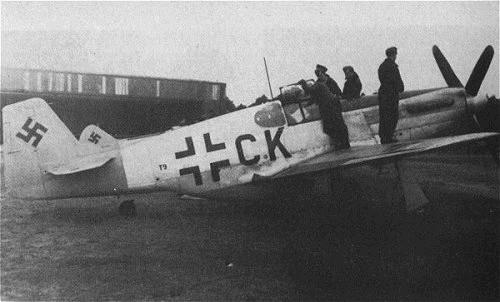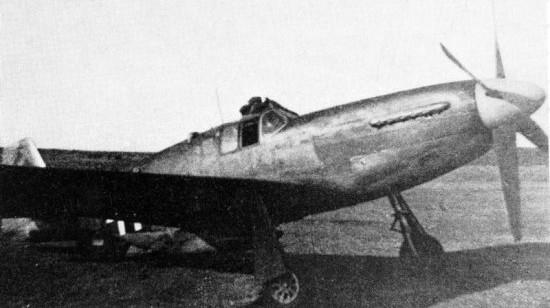| Type |
Single seat fighter (P 51 D) |
| Engine |
1 Packard (Rolls-Royce) V-1650-7 Merlin with 4-bladed Hamilton Standard constant-speed, variabie-pitch, dia. 3.40 m |
| Dimensions |
Length 9,83 m , height 4,077 m, span 11,28 m, wing area 21,8 m2 , airfoil NAA/NACA 45-100
|
| Weights |
Empty 3463 kg, loaded 4173 kg , max. take off weight 5488 kg . fuel 1020 l |
| Performance |
Max.. speed 710 km/h , cruising speed 583 km/h ,stall speed 160 km/h, range 2660 km , endurance , service ceiling 12800 m , climb 16 m/sec. |
| Armament |
Guns: 6 x 12.7mm AN/M2 Browning machine guns with 1,840 total rounds (380 rounds for each on the inboard pair and 270 rounds for each of the outer two pair) Rockets: 6 or 10 x 127 mm T64 HVAR rockets (P-51D-25, P-51K-10 on) Bombs: 1 45 kg or 110 kg bomb or 230 kg bomb on hardpoint under each wingi |
